Townhall Times | New Delhi | October 23, 2025
Prime Minister Narendra Modi’s upcoming visit to Bihar, beginning October 24, has once again stirred debate in the middle of the state’s high-voltage election season. The tour, covering massive rallies in Samastipur, Begusarai, Muzaffarpur, and Chhapra, is being projected by the BJP as a “Vikas Yatra” — a journey of development. But the opposition claims it’s nothing short of a full-blown election campaign funded by taxpayers’ money.
The larger question lingers: Is this a government visit or a political campaign in disguise? And if millions of rupees are being spent from the public exchequer on security, logistics, and event management, why is the Election Commission of India (ECI) turning a blind eye?
Every prime ministerial rally comes with a hefty price tag. The deployment of security forces, special aircraft, helicopters, and administrative arrangements is borne by the central government. The Model Code of Conduct allows the Prime Minister limited flexibility to combine official and political events, but that privilege doesn’t extend to other ministers. Yet, Home Minister Amit Shah and other BJP leaders have frequently been accused of using government helicopters and vehicles during campaign tours — a clear violation of election norms.
In the 2024 Lok Sabha elections, India’s overall poll spending was estimated at over ₹1 lakh crore, even though an individual candidate’s spending limit remains just ₹40 lakh. Since the ECI’s scrutiny applies only to candidates and not to political parties, major parties like the BJP exploit this loophole to outspend and outmaneuver their rivals.
Despite adopting AI-driven monitoring tools and digital reporting systems, the Election Commission’s oversight remains toothless. The Law Commission’s 255th report had recommended expenditure caps for political parties and proposed a framework for state-funded elections — but the reform has been gathering dust in Parliament. The current system continues to favor wealthier parties, leaving smaller players gasping for visibility and resources. The imbalance corrodes the very foundation of electoral democracy.
As Modi’s Bihar tour unfolds with all the spectacle of a state-sponsored campaign, one truth becomes evident — the boundaries between governance and propaganda have all but vanished. Unless the Election Commission acts decisively, enforces expenditure limits, and brings political parties under strict regulation, the idea of “free and fair elections” will remain confined to official rhetoric.
Ultimately, it falls upon the citizens to demand accountability — to decide whether democracy in India will remain a tool for power or evolve back into an instrument of public service.
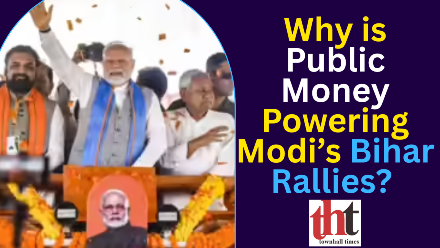
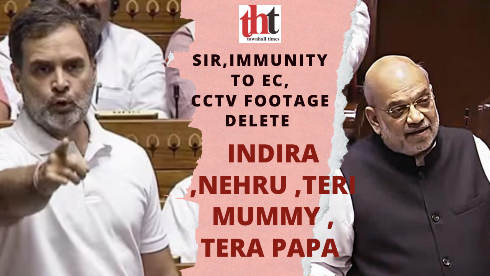
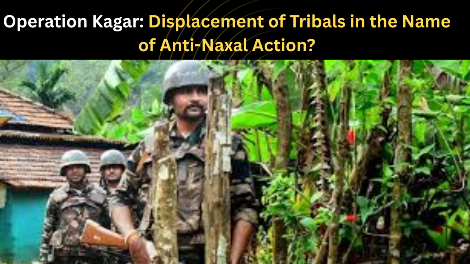
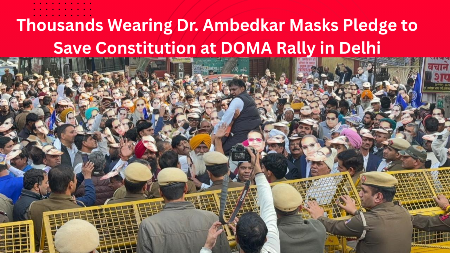
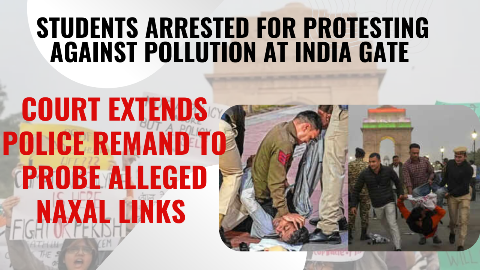

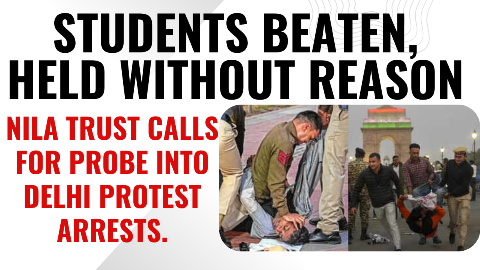




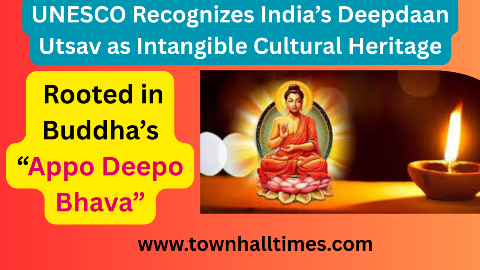
Leave a Reply